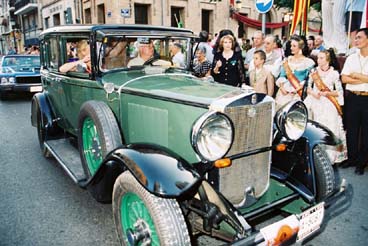

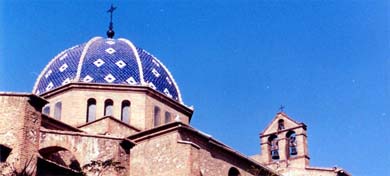
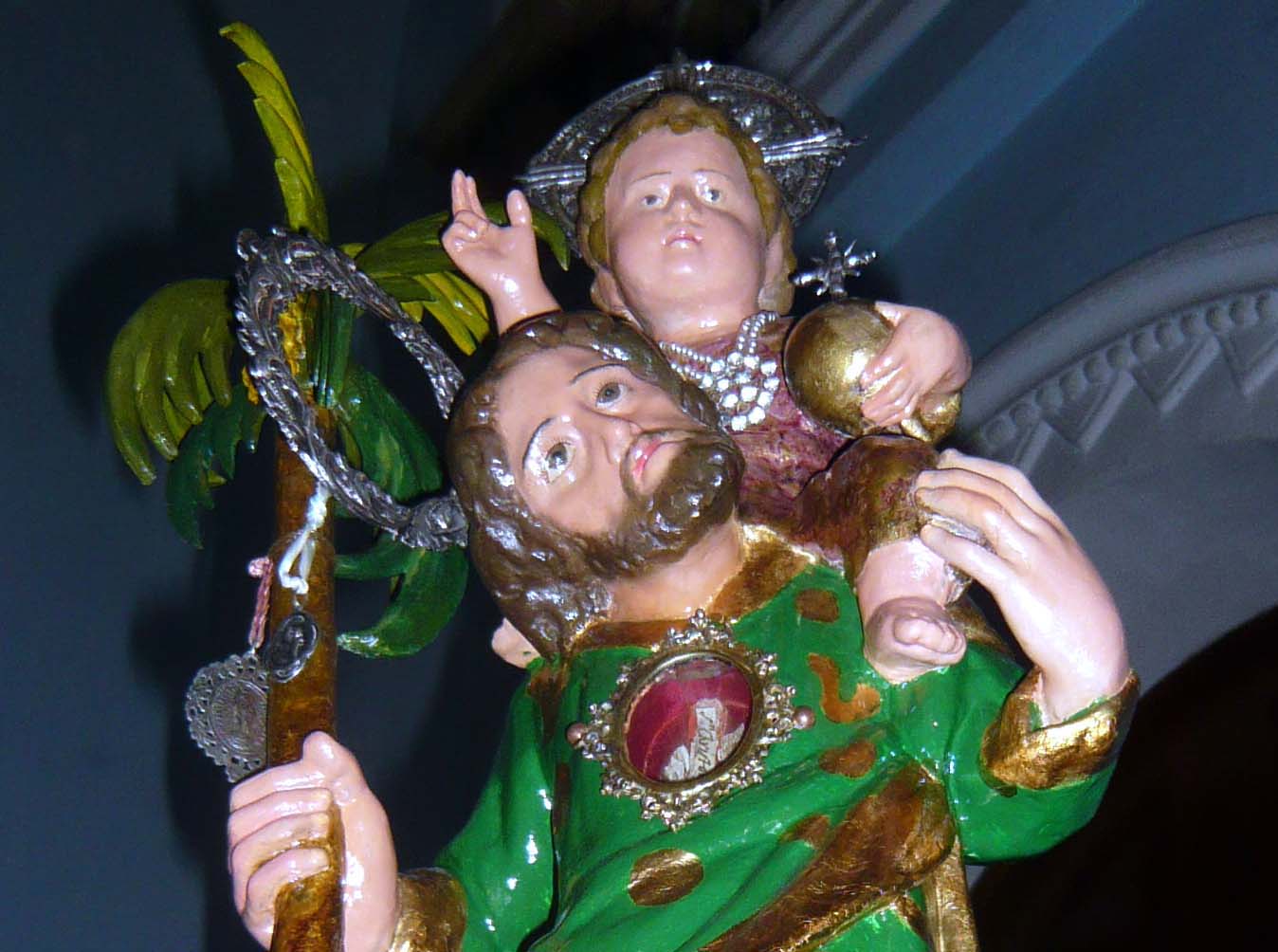
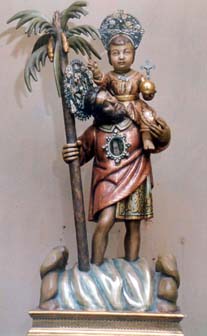
| ..CONTACT ..... |
On the 28th of September of 1868, the revolutionary Board of Valencia decrees the demolition of the Monastery. Thirty men were entrusted with dismantling the building and to save whatever it could be. On the 15th of October,the nuns left the Monastery to be geared toward the Convent of Jerusalem (near the Xativa street), where they were very well accepted by the Franciscanas, who housed them in a porch, in the highest part of the Convent. The Monastery of St. Christopher was demolished in 1869 and in that place it was intended to build, without success, a market. The lot was occupied by an apple of buildings facing Paz street and Mar street.
In 1873, the community sign the title deed of the San Antonio Abad Convent, sited in Sagunto street. And thus on Palm Sunday, on 6th April of 1873, the Canonesas receive the notification about their removal to the new Convent.
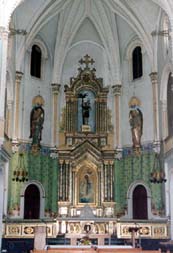
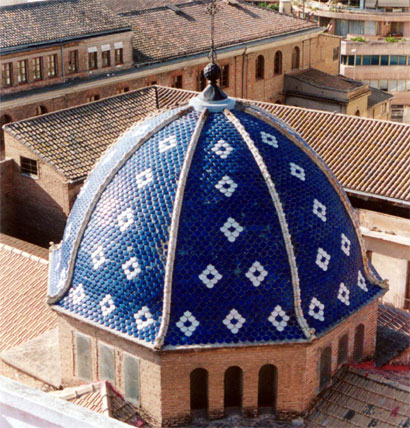
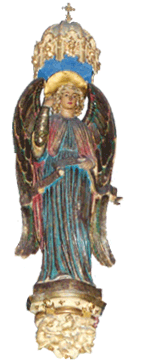
The chapels of the side of the epistle, they are devoted to Saint Catalina Tomás, the Sacred Heart of Jesus and to Our Lady of Fátima. At the gospel area we find San Agustín chapel, here is also venerated San Antonio of Padua, St. Christopher and San José. All the images are of modern finish, with the exception of St. Christopher chapel which conserves the head of the image of the XIV century.
The High Altar keeps a biggest image of the headline, flanked by San Gabriel and the custodial Angel of the City, worked by Modest Quilis. Also, it stand out a Crucified Christ and a painting with San Luis Beltran both of them from the XVII century. It exist also a painting of smaller quality of San Juan de Ribera.
In the Sacristy it is put a great picture that represents the conversion of San Agustín, and probably it originates of the ancient Monastery. Another of the elements preserved in the different movements, the pulpit. It is put next to the altar of the Heart of Jesus, and it has represented several reliefs with the images of St. Christopher, the Purísima, San Agustín and San José.
Nowadays the Monastery is erected, in the middle of the noise and the hurries of the city, as an oasis of peace. After almost 600 years, it continues inhabited by the Canonesas nuns. The same Order that established it and has been linked to the Monastery and to the Saint so intimately, in spite of the ups and downs of the history.
The building is located in the interior of an ancient garden. It is squareshaped and it has a cloister with twelve arcades. At first, It existed a chapel, it was located in the principal facade of ten by four meters.
In 1903 the construction of the Church is begun under the project of Antonio Ferrer and with the address of the master of works Andres Candle. A year later, on 9th July of 1904, it is opened to the worship the new temple and the Saint was removed from the provisional chapel. It has a svelte dome with blue and white glazed tile. It has a neobyzantine style, with 33 meters long and 15 width, it is covered by cannon vault and it deserve be emphasized the paintings of the pechinas which represent the four evangelist made by Juan Bonet.
At dawn, on Monday and in closed carriages, they cross the Turia river near the image of St. Christopher to be installed in their new house. But some years later, it was decided to built a Monastery of new plant. Sir Federico García, who was its vicar, bought the Roca orchard, in Alboraya street being signed the title deed, on 4th February of 1897 for lady Filomena Fernández and the nuns of St. Christopher .
The works began on 4th May, with the draughts of Joaquín María Belda and they were ended, with the exception of the Church, on 29 September of 1898.
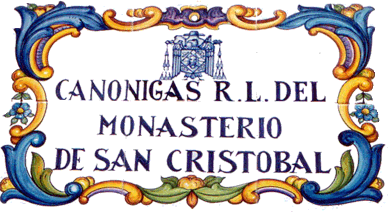
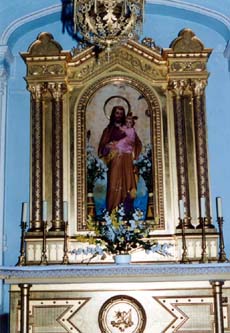
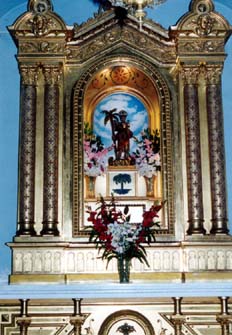


CONFRATERNITY OF St. CHRISTOPHER OF VALENCIA
|
||
|
||
SAINT CHRISTOPHER AND HIS MONASTERY OF VALENCIA 1868 / today |
||